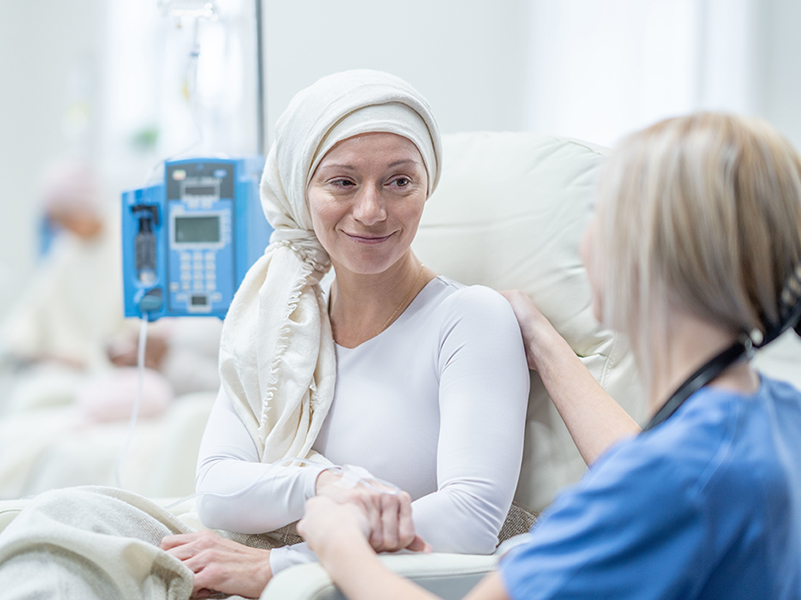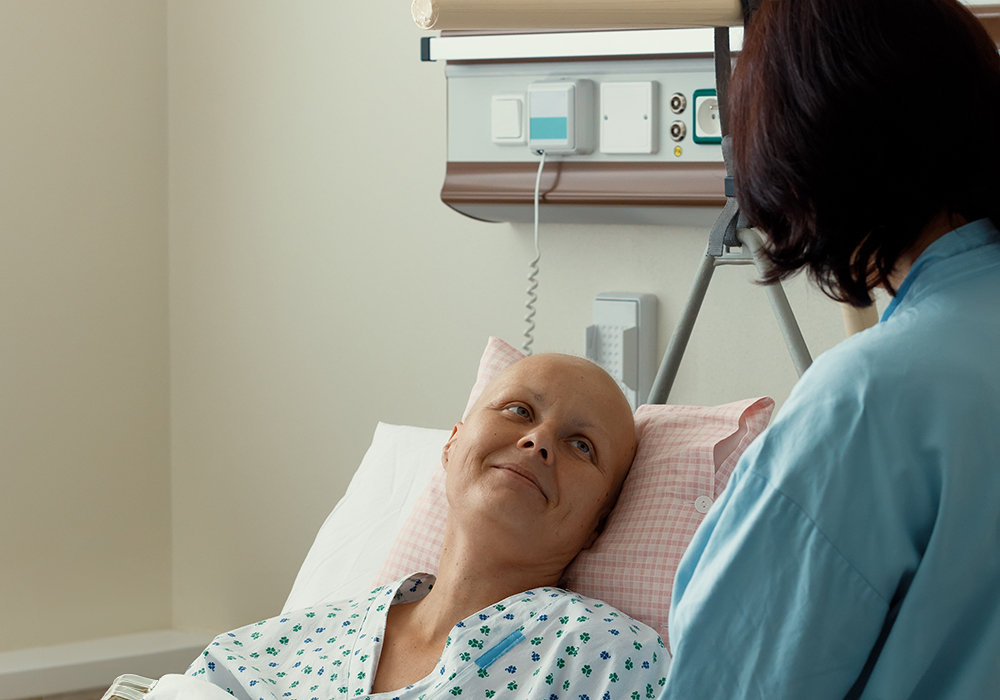August marks the beginning of National Immunization Awareness Month, which is an annual observance to promote awareness of the importance of vaccination for individuals of all ages. It’s a great time for nurses to check with their patients and make sure they’re up to date on the recommended vaccines.
It’s easy for many patients to forget that there’s a cancer prevention vaccine. The American Cancer Society (ACS) estimates that persistent infection with the human papillomavirus (HPV) causes 90% of anal cancers, about 70% of oropharyngeal cancers, and 60%–70% of vaginal, vulvar, and penile cancers. Cervical cancer is the most common HPV-related cancer in women, and oropharyngeal cancer the most common in men. Many don’t realize most of these cancers could be prevented with the HPV vaccine.
The Centers for Disease Prevention and Control and Prevention (CDC) have an extensive campaign for healthcare providers called “HPV—You Are the Key to Cancer Prevention.” This campaign has a variety of resources available to healthcare providers, including fact sheets, tips for discussing the vaccine with parents, videos, toolkits, and handouts for parents. According to the ACS, HPV vaccination lags behind other recommended vaccines, with 63% of girls and 50% of boys received at least one dose of the HPV vaccination, and about 52% and 39%, respectively, of completed two or more doses.
HPV Recommendations
The current HPV vaccine protects against nine HPV types and has the potential to avert nearly 90% of HPV cancers. The recommendations have recently been updated by the ACS and CDC. These include:
- Routine HPV vaccination for girls and boys should start at age 11 or 12 but can be started as early as age 9.
- For people initiating vaccination before age 15, the recommended immunization schedule consists of two doses. For those initiating the HPV vaccine on or after age 15, a three-dose HPV series is recommended.
- HPV vaccination is also recommended for females 13–26 years old and for males 13–21 years old who have not started the vaccines, or who have started but not completed the series.
The Affordable Care Act requires all private insurance plans to cover HPV vaccination without cost sharing for eligible children, adolescents, and adults. The federal Vaccines for Children program covers vaccine costs for children and teens who meet certain eligibility requirements including those who are uninsured or eligible for Medicaid.
The Importance of HPV Vaccines in Practice
When I do genetic counseling and extract a family history, often one or more individuals are affected with a cervical cancer diagnosis. Many of these are because of HPV infection, not genetic transmission. I try to educate families that many of the cervical cancers—as well as many other cancers—could be prevented with the HPV vaccine. If my patients have children or grandchildren in the age groups for which HPV vaccination is recommended, I take it a step further to educate them about the immunization schedule, insurance and coverage options to pay for the vaccines, and, most importantly, that it’s a step these families can take to reduce the risk of developing cancer.
Patients often mention their children aren’t sexually active, so they don’t feel a need to vaccinate. Parents should be educated that the HPV vaccine is recommended for preteen boys and girls to protect them before they’re exposed to the virus. HPV vaccine also produces a higher immune response in preteens than in older adolescents. Beyond that, If children start earlier, they’ll only need two immunizations instead of three. The conversation only takes minutes, but the benefits could prevent cancer in future generations.
Educating parents about the diseases that can be prevented with adolescent vaccines and talking about HPV vaccination in terms of cancer prevention is important. Learning how to communicate successfully about HPV vaccination and how to answer a variety of questions from parents is an important nursing responsibility, and it’s truly a means of promoting cancer prevention.






